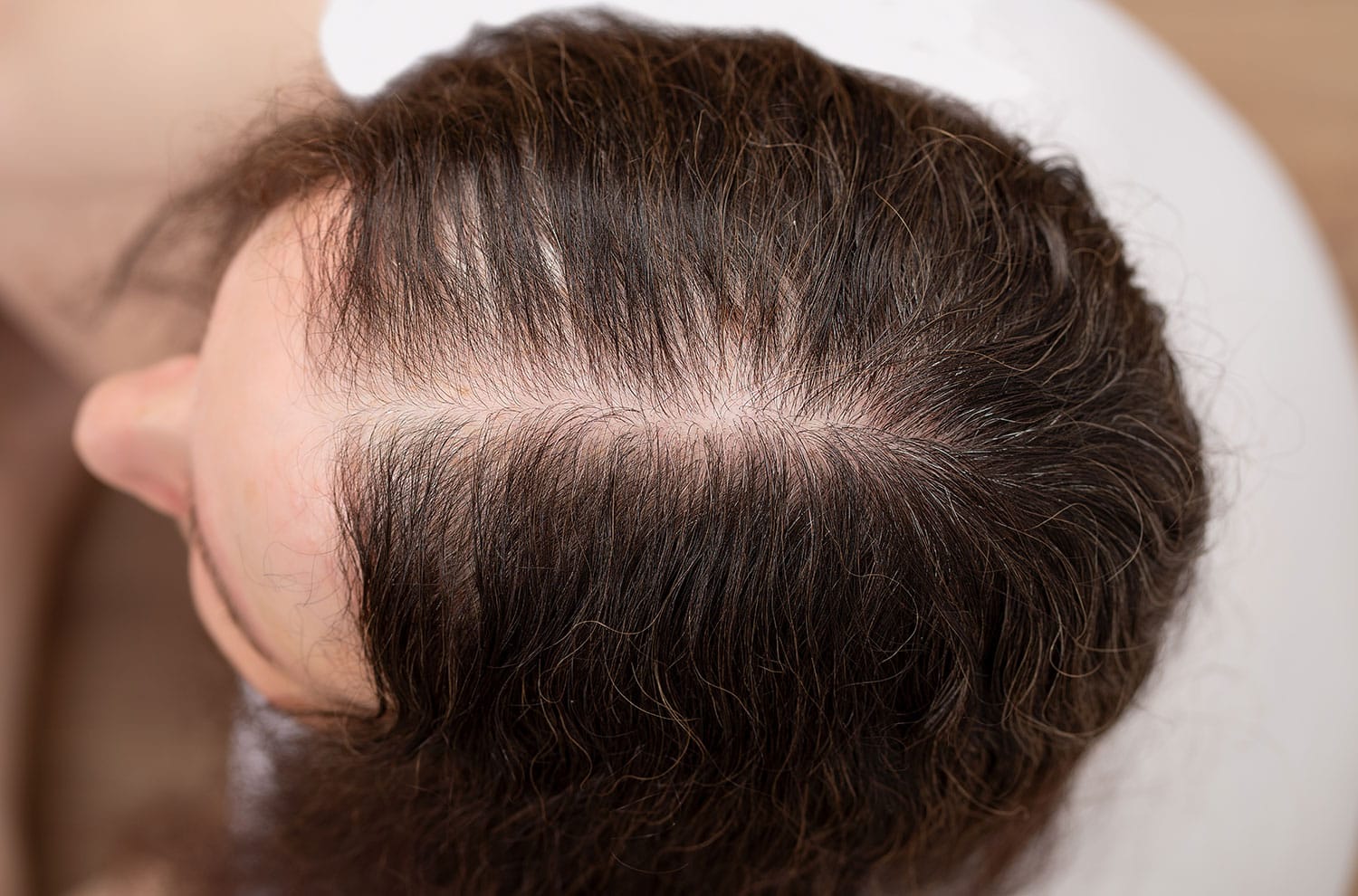Hair loss can affect individuals across different age brackets, and the causes, patterns, and emotional impacts of hair loss can vary significantly depending on one’s age. Here’s how hair loss typically affects different age groups:
1. Teenagers and Young Adults (Ages 16-25)
- Causes: Hair loss in this age group is often linked to factors such as genetics, hormonal changes (e.g., puberty), stress, poor diet, or underlying medical conditions (e.g., autoimmune disorders like alopecia areata).
- Patterns: The most common type of hair loss for young adults is androgenetic alopecia (genetic pattern baldness), though it may not be as noticeable in younger people as it is in older adults. In some cases, hair loss may be diffuse (spread out across the scalp) rather than localized.
- Emotional Impact: Hair loss during this period can be particularly distressing, as this is a time when physical appearance and self-esteem are often more closely tied to social experiences. The emotional impact can lead to anxiety, depression, or body image issues.
- Treatment Options: Over-the-counter products like minoxidil, prescription medications like finasteride (for men), and lifestyle changes (managing stress, improving diet, etc.) are potential options.
2. Adults (Ages 26-45)
- Causes: In this age group, genetic factors remain a common cause of hair loss. Hormonal changes, pregnancy (for women), thyroid issues, stress, and lifestyle factors like poor nutrition or smoking can contribute as well. Conditions like female-pattern baldness or male-pattern baldness often become more pronounced during this period.
- Patterns: Male-pattern baldness typically begins as a receding hairline or thinning crown. Female-pattern baldness tends to cause diffuse thinning across the top of the scalp, with a widening part.
- Emotional Impact: The emotional impact can vary, but hair loss in adulthood can still lead to anxiety, frustration, and a decrease in self-confidence, especially for women who may have a stronger societal association with full hair as part of femininity.
- Treatment Options: In addition to medications like minoxidil or finasteride, adults in this age bracket may also explore hair restoration procedures like hair transplants. PRP (Platelet-Rich Plasma) therapy is also gaining popularity as a treatment for thinning hair.
3. Middle-Aged Adults (Ages 46-65)
- Causes: Hormonal changes, especially menopause for women, and natural aging processes are significant contributors to hair loss in this group. Genetic factors remain a leading cause, and underlying medical conditions, such as diabetes or autoimmune diseases, may exacerbate thinning.
- Patterns: For men, male-pattern baldness often progresses, leading to significant thinning or bald spots. For women, thinning may be more widespread, but severe baldness is less common.
- Emotional Impact: Hair loss can sometimes be more accepted in this age group, especially for men, who may be less affected by societal beauty standards. However, women may still experience emotional distress as their appearance changes, particularly if they feel their hair loss is associated with aging.
- Treatment Options: Hair transplants and PRP are common options. Some people also choose to embrace their hair loss and explore wigs or other cosmetic solutions.
4. Seniors (Ages 66 and Older)
- Causes: Hair loss in older adults is primarily due to the natural aging process, where hair follicles become weaker and less productive. Hormonal imbalances, certain medications, and chronic health conditions can also contribute to thinning or hair loss.
- Patterns: Male-pattern baldness can progress further, and women may experience thinning at the crown or a general loss of hair density.
- Emotional Impact: While hair loss may be more accepted in this group, it can still lead to frustration or sadness, particularly if individuals feel that their physical appearance no longer reflects their vitality.
- Treatment Options: For older adults, treatments may focus more on managing the appearance of hair loss, such as wigs, hairpieces, or adopting a new style that works with the thinning hair.
Summary
Hair loss can occur at any age, but the causes and emotional impact can vary. While younger individuals may struggle more with the societal implications of hair loss, older adults may experience it as a natural part of aging. Treatments range from lifestyle adjustments and medications to advanced options like hair transplants and cosmetic solutions, with the best course of action depending on the individual’s age, the severity of hair loss, and personal preferences. Regardless of age, it’s essential to address hair loss in a way that prioritizes emotional well-being and self-confidence.
